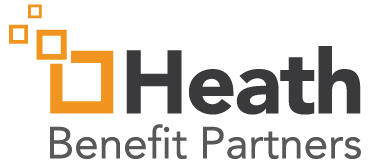Covered California announced today that individuals who have started an online application by March 31 will have until April 15 to complete their application and to select a Covered California health plan. Note this applies to online applications only.
Individuals who start an online application by 11:59 p.m. on March 31, 2014 will have until 11:59 p.m. on April 15, 2014 to complete their application and select a plan. To start an application, individuals must take at least the following steps:
- Create an online account.
- Complete all required information on the “Apply for Benefits” page and click on “Continue.” The page contains two required fields.
- After clicking on “Continue,” the individual will be taken to the “Consent for Verification” page, where they need to click on “Save & Exit” or “Continue.”
- Individuals must return to their online account no later than April 15 to complete the application and select a plan.
Individuals who complete their applications, and make their premium payment on time, will get coverage beginning May 1 and avoid the tax penalty for lack of insurance. Click here for information about how to pay and payment deadlines.
Again, the open enrollment completion period applies only to online applications. Paper applications must be completed (including plan selection) and postmarked by March 31, 2014 in order to meet the open enrollment deadline for Covered California health plans.
Certified Insurance Agents are encouraged to use Covered California’s online enrollment portal for starting applications by the March 31 deadline, and then use the next two weeks to help their clients complete the process.
After the end of open enrollment on March 31, consumers may be eligible for Covered California’s special enrollment period, which can be triggered by one of several “qualifying life events,” as defined under the Affordable Care Act. Some of those qualifying events include:
- Getting married.
- Having a baby or adopting a child.
- Permanently moving to a new area that has different health plan options.
- Losing other health care coverage that is considered minimum essential coverage.
- A change in income that would affect an enrollee’s eligibility for financial assistance.
Low-cost or no-cost coverage through Medi-Cal is also available to consumers year-round, and they can check their eligibility and sign up on the Covered California website, through its Service Center or with the help of assisters.
Covered California also operates its Small Business Health Options Program (SHOP) year-round for businesses with 50 employees or fewer.
Covered California’s next open enrollment period, for 2015 coverage, will begin in fall 2014.

